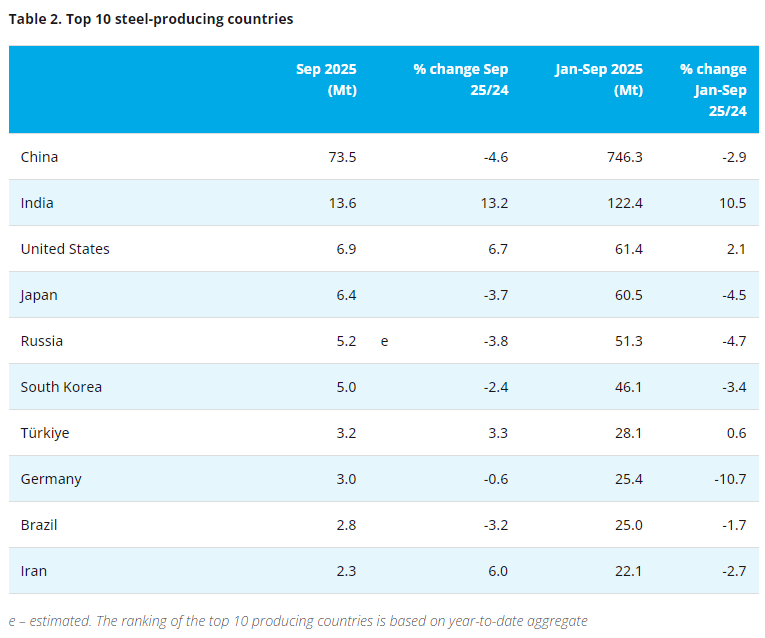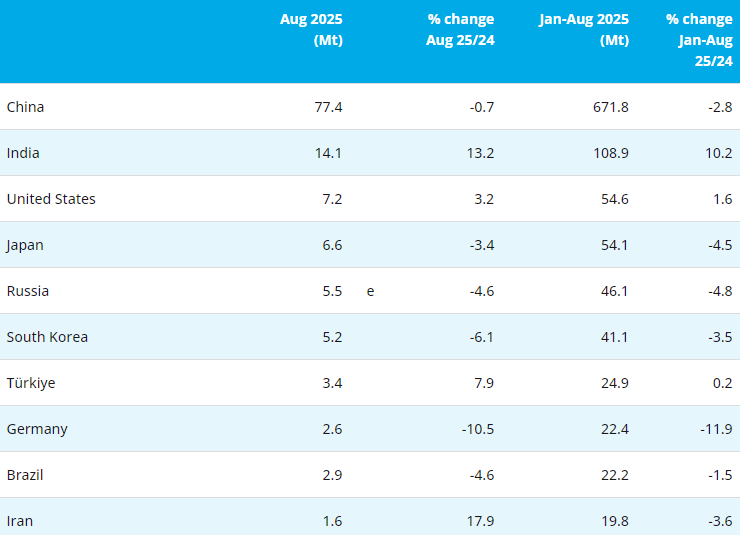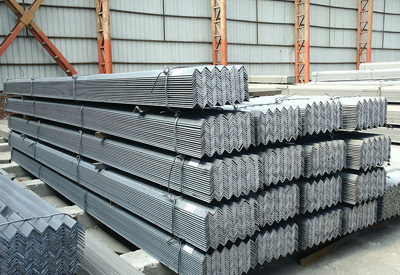[ferro-alloys.com]As China goes, so goes industrial metals.
That’s the message from anxious investors rolling out of a rough 2018, when Trump trade tensions, Federal Reserve rate hikes, a strong dollar and an economic slowdown in China all combined to push the London Metal Exchange Index to its first annual loss since 2015. Five metals fell by 13 percent or more, led by zinc, which lost more than 20 percent.
Bulls are betting that shrinking supplies will help boost prices after a year described by brokerage Marex Spectron as “horrid,” and they’re hopeful China will support stimulus measures early next year. Others aren’t as convinced following weak import data from the Asian giant in November.
“The base metals will track China, and I wish I had a better story,” said Rob Haworth, who helps oversee about $164 billion at U.S. Bank Wealth Management in Seattle. “Growth there is slowing and is likely to continue. The caveat would be if China does decouple from Fed tightening, and engages in meaningful stimulus.”
The best bet for 2019 is copper, says Hui Shan, a strategist at Goldman Sachs & Co. LLC.
The pace of decline of visible copper reserves in China this year, suggests the Asian country’s demand for the red metal has risen five to six percent in 2018, according to estimates by JPMorgan Chase Bank NA. That’s above a consensus earlier in the year for two to three percent gains.
“Chinese copper demand is not as bad as people think,” said Natasha Kaneva, the head of metals strategy in the global commodities group at JPMorgan. Overall, the bank kept a bullish bias on the base metals complex into year-end 2018 and first half in 2019.
Still, Kaneva said, If the U.S. Federal Reserve boosts rates every quarter in 2019 that could lead the bond yield curve to invert and “risky assets will have a difficult time appreciating in that environment.”
Money managers are cautious. Since early March when the trade war got underway, they’ve cut net-bullish bets across a spectrum of 18 commodities by about 68 percent from the year’s high, according to U.S. government data. In copper they have been net bearish for most of the past five months.
Some markets will have a harder time rallying, including aluminum, where supplies are rising. The market is poised to record its first surplus in seven years in 2019, with the outlook for alumina, the raw material to make the refined metal, also improving, according to estimates by Texas-based Harbor Intelligence.
Citigroup is also bearish on zinc as it expects supplies to rise with higher smelter production, it said in a report.
Societe Generale SA estimates global copper mining output will increase 1.6 percent next year, below the 10-year average of 3.4 percent, and says a lack of adequate investments will likely lead to a supply lag by 2018/19 and onwards.
The International Monetary Fund forecasts world gross domestic product growth at 3.7 percent this year and next, including slower growth for U.S. and China in 2019 at 2.5 percent and 6.2 percent respectively, while India’s will expand 7.4 percent.
“We are constructive on base metals mainly because we think a lot of the negative news have been priced and the valuation is attractive” after the price sank 15 percent in 2018, said Shan, the Goldman Sachs strategist.
“We expect the current pessimism weighing on metals – whether it is the trade war, the dollar strength, or the worries about sharp growth slowdown in China – to ease next year,” she said.
(Mining.com)
- [Editor:王可]



 Save
Save Print
Print Daily News
Daily News Research
Research Magazine
Magazine Company Database
Company Database Customized Database
Customized Database Conferences
Conferences Advertisement
Advertisement Trade
Trade















 Online inquiry
Online inquiry Contact
Contact

Tell Us What You Think